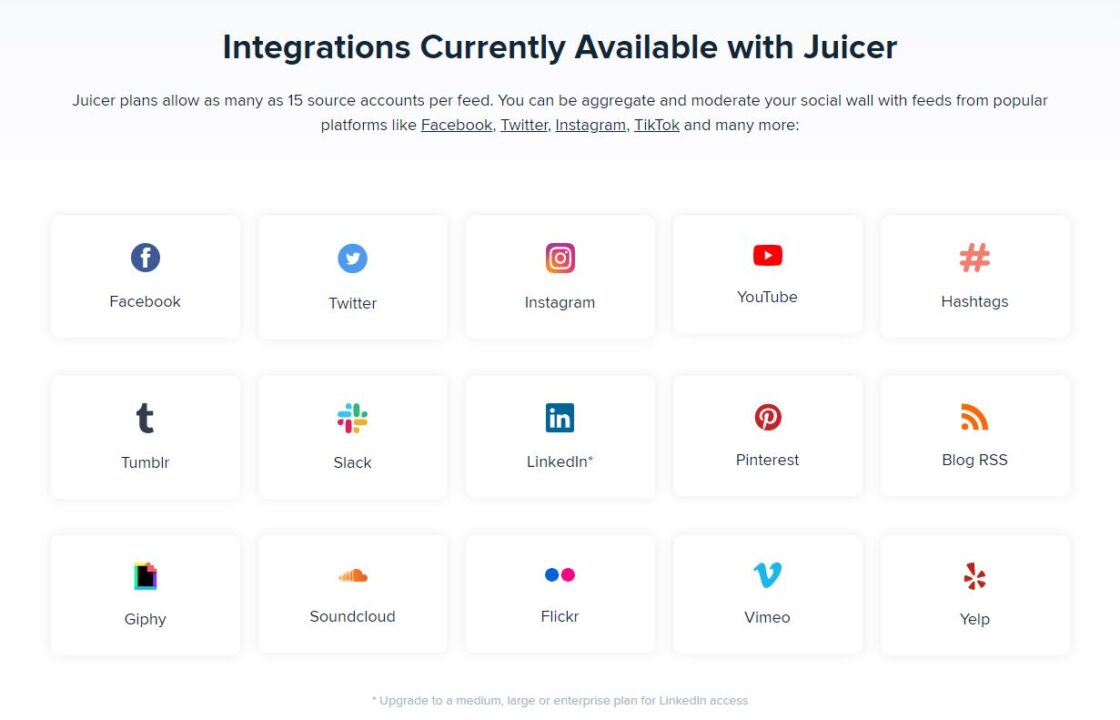In today’s competitive business landscape, it is vital to have a consistent, engaging online presence. Billions of online consumers use the web to seek out information about a brand’s products, services, and reputation. Potential customers get exposed to new products and companies every time they use their browsers.
Before we share how you can make your social media and blog work together, have a look at these interesting statistics:
More interesting blogging and social media statistics (Source: https://www.hubspot.com/marketing-statistics)
- More than half of all businesses (60%) are planning to increase their Instagram budget
- The number of global social media users is expected to reach almost 3.43 billion in 2023. (Statista, 2020)
- 56% of marketers who leverage blogging say it’s effective and 10% say it generates the biggest return on investment. (HubSpot Blog Research, 2021)
- Facebook is the primary content distribution channel for marketers today.
- 4 of 5 LinkedIn members drive business decisions. (LinkedIn, 2021)
- Users spend an average of 10 hours a month on Instagram. (Hootsuite, 2021)
- 82% of B2B content marketers leveraged Twitter for organic marketing in 2021.
- The number of global social media users is expected to reach almost 3.43 billion in 2023. (Statista, 2020)
- 73% of all marketers rank “increased acquisition of new customers” as their top outcome for social in 2021 (Hootsuite, 2020)
Modern companies know you need both a blog and a social media presence if you want to reach your audience in a cluttered digital landscape. Yet, many organizations still don’t treat these solutions as separate entities.
The reality is that social media and blogging should be two components of a comprehensive, consistent, and compelling content marketing strategy.
Here’s how you can make your blog and social media work together.
Why you need to integrate your social media and blog
You should integrate your social media and company blog because 54% of decision-makers say they spend more than one hour per week reading and reviewing thought-leadership content. (Edelman/LinkedIn 2021) and 48% of companies that have a content marketing strategy leverage blogging. Source: Hubspot
There are countless ways companies can boost awareness for their brand by leveraging the right online assets. When a brand publishes helpful content it will help to establish itself as a thought leader in a particular space. This holds many benefits, such as an increase in brand awareness and website engagement. Social media platforms, on the other hand, allow brands to connect with their target audience, build relationships and promote their offerings.
However, not every company uses these two solutions in tandem.
Combining your blogging and social media strategies is one of the best ways to enhance brand awareness, improve recognition, and increase your chances of collecting valuable leads. While your blog offers you an incredible environment to share valuable and engaging content, your social media presence helps you to draw eyes to that content through promotion.
At the same time, if you embed social media on your website, you can enhance your brand reputation, improve the amount of time customers spend on your site, and even increase your credibility with user-generated content to act as social proof.
How can social media and blogging complement each other?
Social media and blogging complement each other because both platforms are excellent tools for generating brand awareness and growth. However, they work in slightly different ways.
Blog
A blog is a powerful tool for “SEO” or Search Engine Optimization. It helps you position your business website in front of customers when they’re searching for specific answers to questions, products, or solutions within a search engine. It’s also a core tool for developing thought leadership, as it allows you to share information relevant to your audience’s interests and questions.
Social media
Social media is an excellent “promotional platform” for companies, where they can share links to their existing website, and drive traffic to their pages. Social media is also a fantastic tool for building customer relationships, improving your credibility so your customers are more likely to choose you over your competitors.
Combining social media and blogging

Combining social media and blogging means you can expand your brand reach, promote your blogs more effectively, and make your website more engaging for your target audience. You bring in your brand aesthetic to your blog posts which creates a more uniform look between your website and social media platforms.
Including social media content in your blog posts
Including your social media posts will give your customers a wider range of content options to look at when they’re learning about your brand or product. Adding social media content to your website is also a fantastic way to increase the amount of time customers spend on it. The more engaging content your viewers have to consume, the more they’ll want to interact with your brand. For instance, if you create a wall by doing Instagram feed embed on your website. You can also curate content and embed it on a dedicated page on your website. You may want to do this if you are running a competition or if you want to include content from a specific hashtag like #photooftheday.
Sharing your blog content on your social media platforms
If you share links to your blogs in your social media campaigns, you increase your chances of reaching customers who might not be specifically searching for keywords and phrases on Google. This will greatly help with content discovery and distribution to the right target audience, especially if you run paid social media ads to promote your content.
How do you integrate social media and blogs?
The easiest way to integrate your social media posts into your blog content is with social media aggregator tools, like Juicer.io. It’s super simple. You can either sign up for a free account, link up your account and embed your social media content in your blog posts. If you have a WordPress website, then you can simply install the Juicer plugin. If you want to know how to embed your social media posts from a specific platform onto your blog or any other website page, then refer to the most relevant guide in the list below:
- How to embed TikTok videos onto your website
- How to embed a Twitter feed onto your website
- How to embed Linkedin onto your website
- How to embed Instagram posts onto your website
- How to embed Instagram Reels in your website content

Other ways to bring social media into your website
- Social sharing buttons: Adding Social sharing buttons on your website allow customers to easily share your content on their social channels at the click of a button. There are even tools that allow users to share specific quotes and snippets from blogs.
- Using social media to collect opinions: After publishing a blog on a website, companies can increase engagement and encourage discussions about the post with social media features like polls and questions. You can ask your customers to share what they think about a specific topic, or a question posed in your blog post on LinkedIn, or Twitter.
- Social login buttons: Social login buttons allow customers to create a membership account with your website or eCommerce store using their existing social media details. This is a great way for companies to collect new leads, as it provides you with access to customer contact details, without requiring clients to fill out specific forms.
Bringing social media and blogging together
Blogging and social media are two of the most important strategies a company can leverage when trying to build awareness and brand reputation online. Both of these tools can help organizations to reach their target audiences more effectively, increasing access to new traffic and leads.
However, while social media and blogs do have slightly different purposes in the marketing world, they should never be looked at as two completely separate strategies. Rather, social media and blogging are two parallel solutions for promotion that work perfectly when combined.
